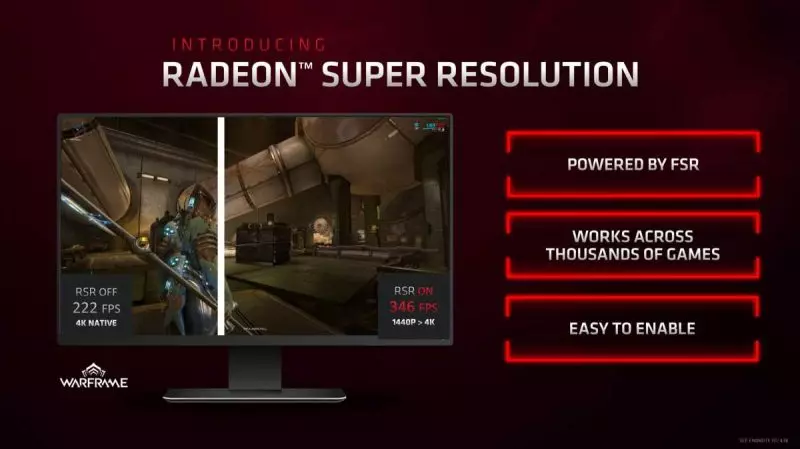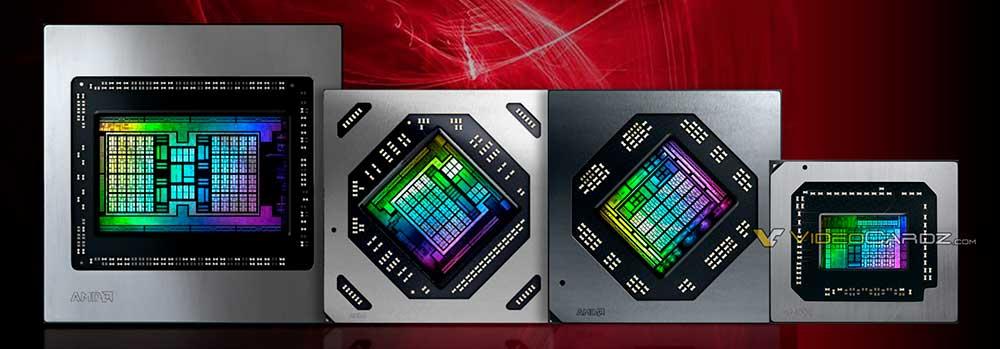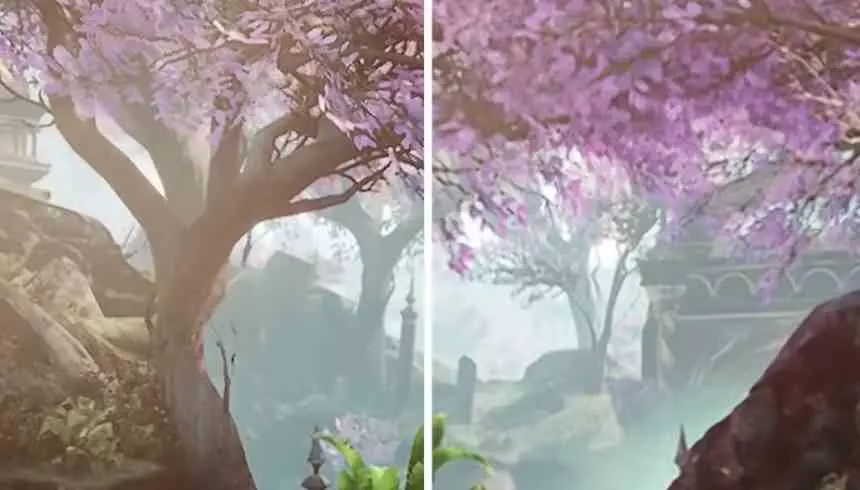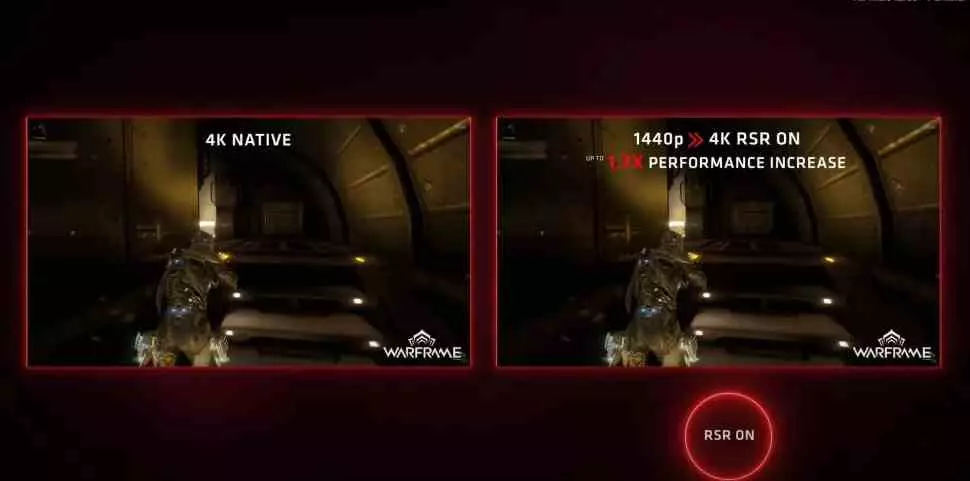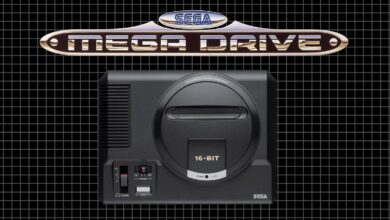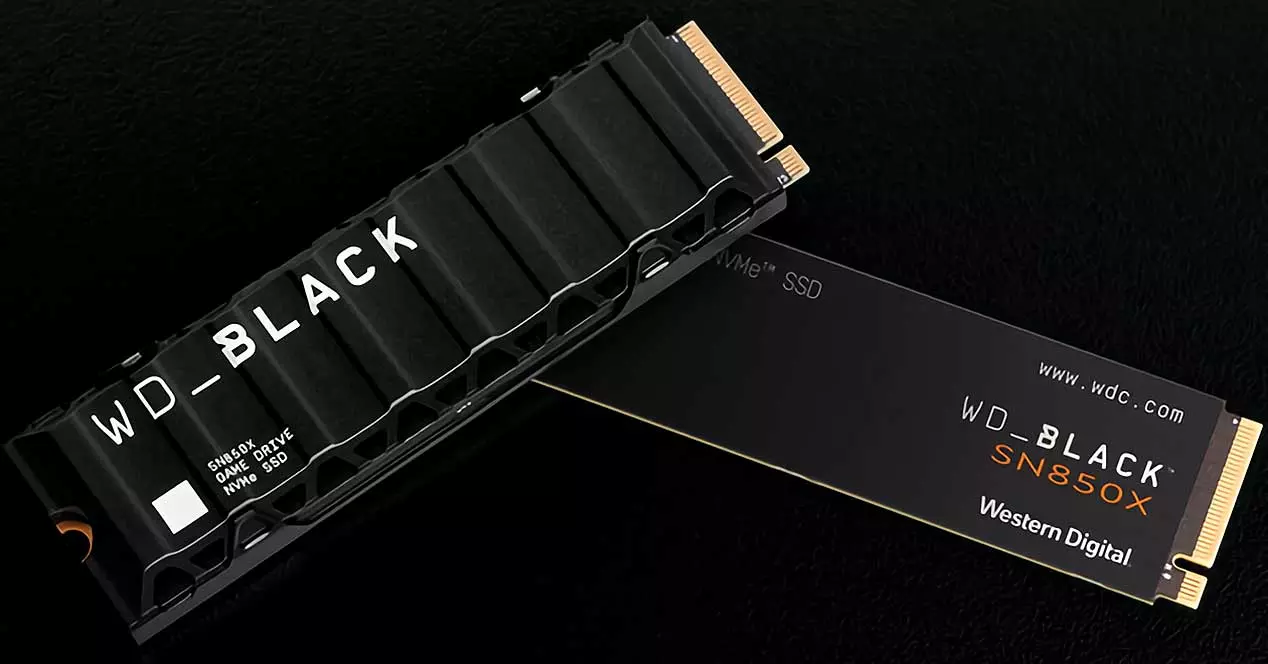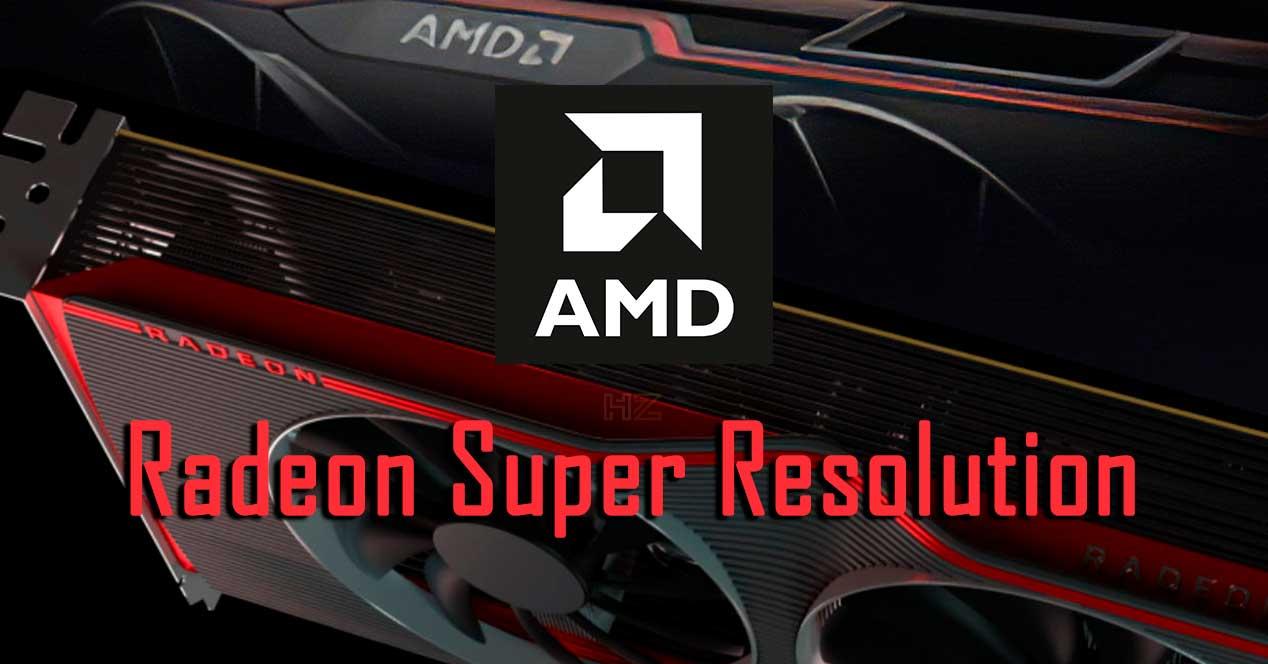
The biggest novelty of AMD’s Adrenaline drivers for 2022 is the so-called Radeon Super Resolution, a feature that promises to increase image quality, frame rate or both at the same time in all games. This promise has its catch and that is why we wanted to explain where the trick is and, therefore, the controversy behind the new algorithm called Radeon Super Resolution to improve the performance of all games automatically when they are executed in the GPUs of Lisa Su’s company.
Radeon Super Resolution, driver-level FSR
We have to start from the basis that the Radeon Super Resolution is a novelty not of the games themselves, but of the Adrenalin drivers and it is that in fact there are functions that the GPU executes that are not requests from the applications to the graphics card through of the driver, but they are elements of the graphic controller that the GPU executes in order to render the games, but they are not requests of these, but of the driver itself.
In this way it is achieved that it is not necessary for the developers to add the corresponding libraries or changes in each game, since the necessary changes in each frame of the title are made within the driver and thus activate the Super-Resolution. With that understood, Radeon Super Resolution is nothing more than FidelityFX Super Resolution activated at the driver level. So we must activate or deactivate the support through the Radeon Software that comes standard with the Adrenalin drivers and not from the options of each game.
What does this mean? Since FSR is not an algorithm for AI, this means that RSR does not require the algorithm to be trained as NVIDIA DLSS does, and therefore the level of compatibility is much higher. The downside is that its level of precision is not as great as a solution based on deep learning such as the GeForce or Intel’s XeSS, but with which you will gain some extra frames.
Only for RDNA
One of the buckets of cold water with the Radeon Super Resolution is for those who use AMD APUs to play games, especially those from the Ryzen 1000 to 5000 series and in which their integrated graphics is of GCN Vega architecture, since this algorithm requires the use of RDNA architecture or later to be used. At the moment we don’t know why, but we believe that AMD has optimized its super-resolution algorithm to its most modern graphics architecture. In the same way, if you are users of graphics cards such as Radeon VII, the RX Vega or the 400 or 500 series, you will not be able to benefit from Radeon Super Resolution either.
This is ultimately bad news, as the fact that RSR adds super-resolution at the driver level will mean that many application developers will not optimize their games as time goes on. The reason for this is that the graphics driver will take care of it. That is, the fact of achieving full compatibility also means that the implementation is sloppy.
Since RSR is nothing more than the driver-level implementation of the FSR, it is very clear that it is an artificial limitation on the part of AMD, rather than a technical one, and that it indicates the complete abandonment of support for Radeon Pre-RDNA in a way totally definitive.
image problems
What we say is not a generalization, but we must bear in mind that algorithms such as Radeon Super Resolution reconstruct an image with fewer pixels in the form of another equal with more pixels and, therefore, they have to fill in the color values of those that did not exist before and this is a double-edged sword.
You can find, for example, that the RSR works very well with one game and with another, instead, the image quality obtained is worse than expected. So you will have to play between the quality and performance levels that we have available and in some cases even mark in the options that we do not want that game to use Radeon Super Resolution for reasons of visual quality such as specific visual inaccuracies.
Luckily it is optional and the fact that it is an algorithm based on Lanczos and not on reconstruction through deep learning means that the GPU does not imagine sections of the image incorrectly. You would be surprised by the number of errors that algorithms such as NVIDIA’s DLSS or Intel’s XeSS have when it comes to predicting the image blocks at higher resolution and that lead to their implementation in games.
Is Radeon Super Resolution better than FSR?
The answer is no, since as we have said before it is FSR, but it is activated at the driver level and, therefore, it works automatically. We don’t know if it will support all levels of performance and quality. At the moment the examples that have been seen by AMD itself speak of jumps from 1440p to 4K, which is a lower resolution jump than if, for example, we start from a Full HD resolution.
The fact that it does not require pre-training and increases the average frame rate is ideal for users of gaming graphics cards that are not high-end and not mid-range. If you are one of those users used to gaming at 1080 with an AMD graphics card such as the RX 5500, RX 5600, RX 6500 or RX 6600 or you are users of a system with an APU based on Ryzen 6000, then the Radeon Super Resolution It will give you those extra frames per second without the fuss and headaches that are always appreciated. So the answer to the question is yes, if a game is not affected in terms of image quality when activated.
